Rich graves, poor graves in Lai Nghi
The Lai Nghi gold jewelry set, belonging to the Sa Huynh culture, was found by Vietnamese and German archaeologists during a joint excavation in 2002-2004. The jewelry set includes 108 artifacts, including 4 earrings and 104 necklaces, all made of gold.
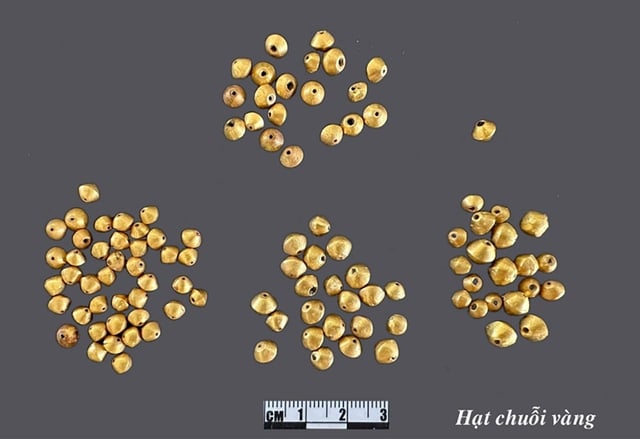
Exquisite gold beads crafted on site
PHOTO: PROVIDED BY THE DEPARTMENT OF CULTURAL HERITAGE
The 2002-2004 excavation of Lai Nghi also brought many "records". First, according to Mr. Nguyen Chieu (University of Social Sciences and Humanities, Vietnam National University, Hanoi ), the gold earrings in Lai Nghi can be considered the first gold earrings discovered in the Sa Huynh culture. Second, Dr. Andreas Reinecke (head of the German expert team) said that Lai Nghi is the site with the largest number of gold beads discovered among the Sa Huynh relics in Vietnam.
It must also be said that, through three excavations by the University of Social Sciences and Humanities, the total amount of jewelry buried in the tombs in Lai Nghi is very large and rich. Among them are three-point earrings, stone hoop earrings, gold earrings, gold and gold-plated glass beads, and tens of thousands of glass beads. It can even be said that no other relic in the Sa Huynh cultural system has as much jewelry as the Lai Nghi jar tomb.
A study published by the National Museum of History shows that Lai Nghi tombs and the jewelry buried with them show a clear distinction between rich and poor. Accordingly, poor tombs have almost no metal, stone, or glass burial objects, only ceramic pieces. Tombs have both metal burial objects and stone or glass jewelry. Tombs with gold artifacts are considered to be very rich tombs, tombs with metal burial objects and stone or glass jewelry are considered rich tombs. Thus, the national treasure of gold jewelry in Lai Nghi is found in tombs that are considered very rich.
According to research by the National History Museum, the Lai Nghi cemetery is the cemetery of a wealthy community, whose wealth was probably accumulated largely through intra-regional and inter-regional trade. "In Lai Nghi, there are graves where the quantity and type of jewelry in just one grave far exceeds the jewelry found in all the graves of a cemetery," the research said.
The treasure dossier also assessed: "The earrings at Lai Nghi represent wealthy minorities, high-ranking warriors, priests or royalty, chieftains, merchants, wealthy adults and high status in contemporary society…".
Import and export of Sa Huynh gold jewelry?
German-Vietnamese archaeologists believe that the Lai Nghi gold earrings were made by different craftsmen, belonging to two different crafting traditions. Accordingly, the locally made earrings copied imported earrings.
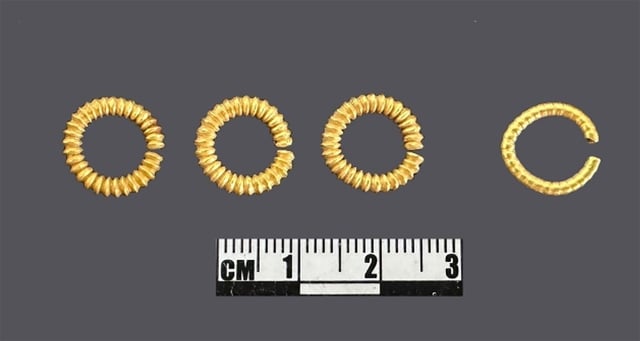
Gold earrings show the wealth of the owner
PHOTO: PROVIDED BY THE DEPARTMENT OF CULTURAL HERITAGE
Meanwhile, the gold-plated beads were made entirely on the spot. This was recognized thanks to the beads being damaged and unable to be threaded through. Analysis of the beads also showed that they were made of alluvial gold, produced on the same chain. It also suggested that the gold beads could have been mined and made on the spot by Sa Huynh residents. This is quite suitable for the land of Quang Nam (old) with gold mines such as Bong Mieu, Pu Nep and many places with alluvial gold.
The Lai Nghi gold jewelry national treasure dossier mentions the results of research comparing gold artifacts in the Lai Nghi jar burial area with Southeast Asia. Archaeologists also compared this jewelry set with artifacts in burials in Europe and Afghanistan. The results show that this type of gold relic is distributed from Europe to Southeast Asia, and the manufacturing technique is also from West to Southeast Asia. Such artifacts have not been found in China and India.
Therefore, according to the treasure records: "It can be seen that Sa Huynh residents had craftsmen who specialized in handicrafts and to some extent they knew how to update the world's jewelry production level to smelt and create gold jewelry imitating imported artifacts." This also shows the strong exchange of gold jewelry products between Southeast Asia and the world.
Therefore, the collection of gold jewelry at Lai Nghi burial site is a rare historical document, not only reflecting the cultural exchange process but also reflecting the cultural and historical achievements of Sa Huynh culture residents in the process of working, building and developing on this land. The set of gold jewelry at Lai Nghi site contributes to demonstrating the key role of Sa Huynh residents in the long-distance trade network. They not only exchanged raw materials but were also experienced traders, the richest consumers in the trade network in the East Sea. (continued)
Source: https://thanhnien.vn/cu-dan-sa-huynh-buon-vang-lai-nghi-185250710201354144.htm


![[Photo] Dan Mountain Ginseng, a precious gift from nature to Kinh Bac land](/_next/image?url=https%3A%2F%2Fvphoto.vietnam.vn%2Fthumb%2F1200x675%2Fvietnam%2Fresource%2FIMAGE%2F2025%2F11%2F30%2F1764493588163_ndo_br_anh-longform-jpg.webp&w=3840&q=75)





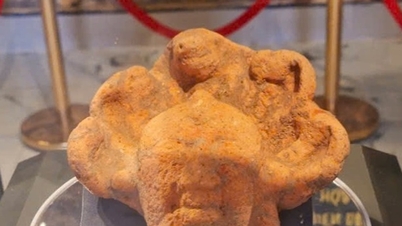



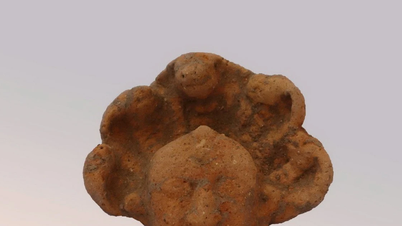

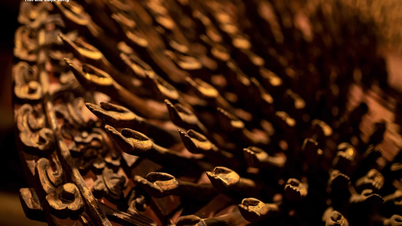

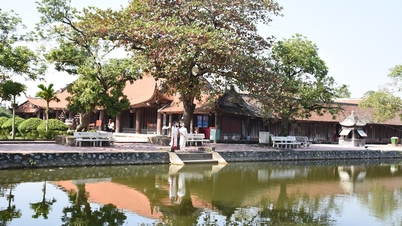

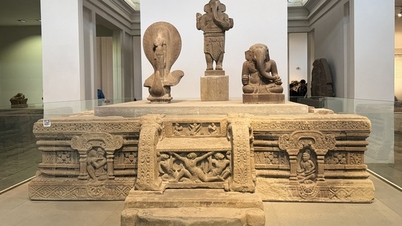

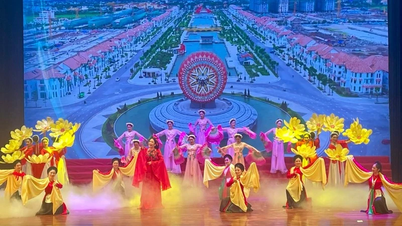



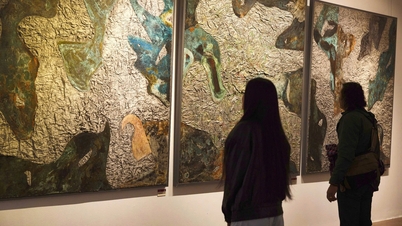

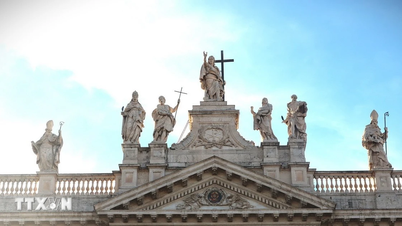
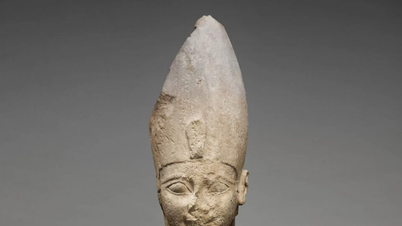













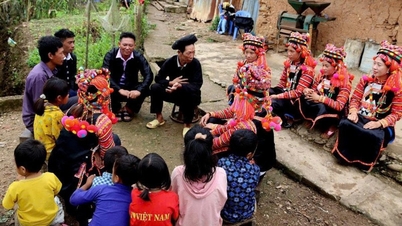
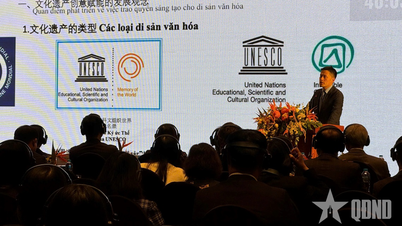

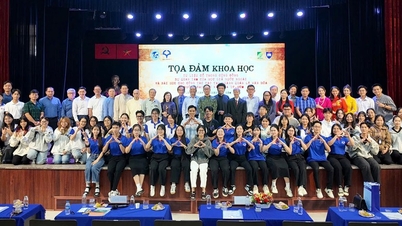
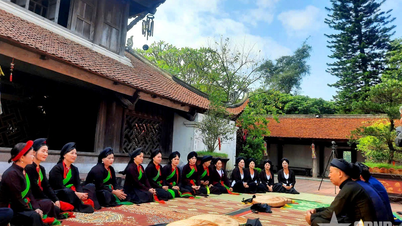




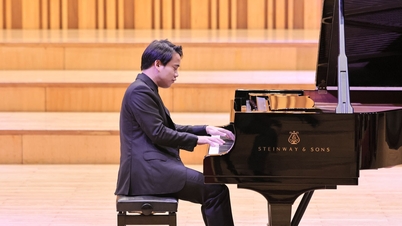




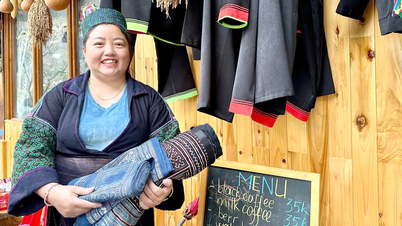






















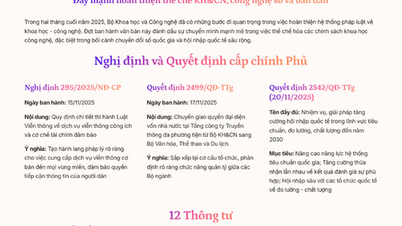






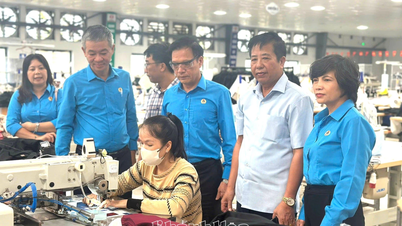

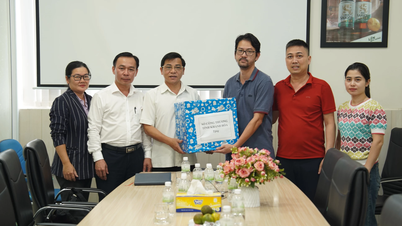


















Comment (0)